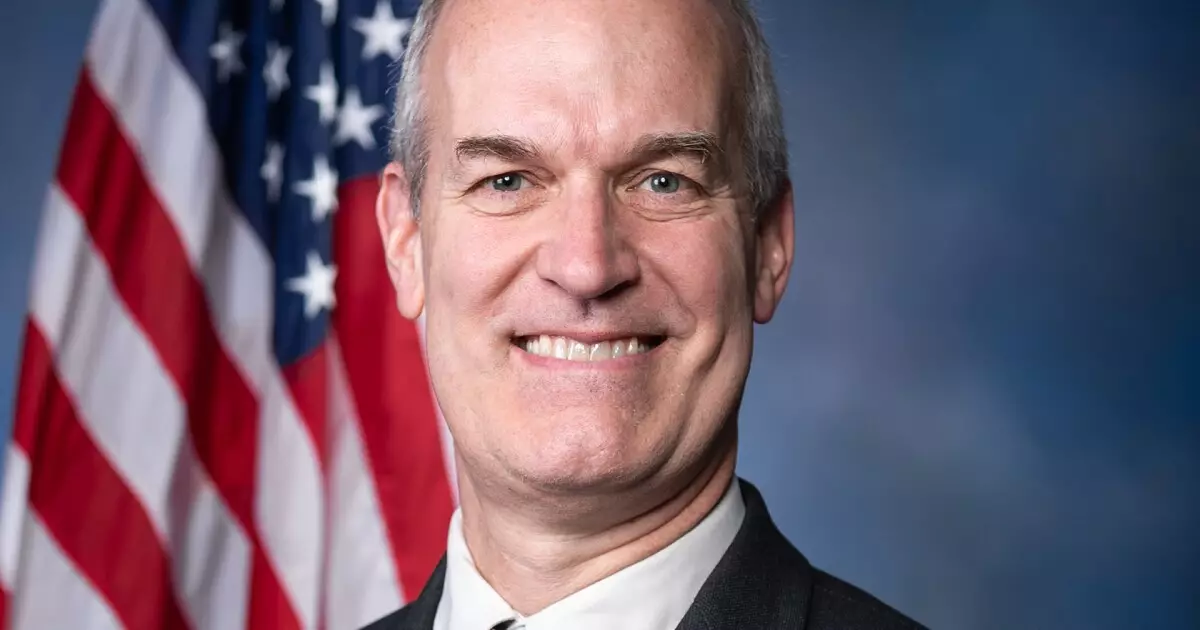The onset of President Trump’s administration was marked by a series of Executive Orders that aimed to reshape various aspects of federal policy. Among these was a controversial order targeting federal grants intended for local transportation infrastructure projects. This action ignited significant unease among House Democrats, particularly those on the Transportation and Infrastructure Committee, who expressed their frustration at what they perceived as an abrupt hindrance to progression in critical infrastructure. The words of Ranking Member Rick Larsen echoed loud and clear, emphasizing the potential fallout on jobs, local economies, and countless ongoing projects across the nation. The sheer impact of halting funding not only stifles local initiatives but also raises questions about the prioritization of infrastructure in economic development.
The bipartisan nature of the committee underscores the gravity of the situation; infrastructure improvements typically enjoy cross-party support given their universal benefits. Yet, as Larsen urged fellow committee members to reflect on their constituencies, it became evident that partisan politics could jeopardize substantial advancements made in infrastructure funding—a disheartening prospect for advocates of progress.
Central to the discussions among industry leaders and lawmakers is the debate over the efficacy of formula funding from the federal sector compared to discretionary grant programs embedded in the Bipartisan Infrastructure Law (BIL) or Infrastructure Investment and Jobs Act (IIJA). Subcommittee Chairman David Rouzer pointed out that while reauthorizing existing programs is vital, the introduction of new discretionary programs represents a progressive shift towards addressing modern transportation needs, such as electric vehicle infrastructure and environmentally friendly transportation initiatives. Rouzer’s remarks illuminate a critical aspect of infrastructure funding: the need to adapt to evolving technological and environmental standards.
However, a looming crisis still hangs over the Highway Trust Fund, which is a primary source of federal funding for states. Projections suggest that the fund, reliant on fuel taxes that have remained stagnant for decades, might face depletion by 2027. The implications of this potential insolvency are dire, as elevated spending and the lack of responsive revenue generation contribute to a precarious financial landscape for infrastructure projects.
Jim Tymon, the Executive Director of the American Association of State Highway and Transportation Officials, provided pivotal insights into funding utilization rates, revealing distinct disparities between formula and discretionary grant programs. The seemingly rapid allocation and expenditure of formula dollars stand in stark contrast to the sluggish uptake of discretionary grants, highlighting possible inefficiencies and obstacles in the funding framework. The variability in expenditure rates raises questions regarding the management and prioritization of federal resources, suggesting that while funds are available, navigating the bureaucratic landscape often complicates timely access and deployment.
Tymon’s commentary on the momentary panic triggered by the Executive Order signals a critical inflection point. The halted reimbursements caused confusion within the sector, showcasing the delicate nature of federal-state relationships when managing public funds for infrastructure. As federal authorities strive for clarity in funding intentions, the operational viability of numerous projects continues to hang in the balance.
The climate surrounding infrastructure policy, particularly with the anticipated challenges posed by the new administration’s stance on budgetary measures and potential tax cuts, details a precarious juxtaposition of fiscal responsibility against infrastructural exigencies. The bipartisan approval of the IIJA, coupled with apprehensions voiced by transportation officials regarding impending federal fiscal strategies, highlights the precarious nature of achieving consensus in this arena.
While the advances made via the IIJA signify a crucial investment in America’s infrastructural future, the persistent tension between political maneuvering and public need often jeopardizes the potential for meaningful progress. The focus on scrutinizing federal funding will need to be tempered with an unwavering commitment to infrastructure development across every congressional district, as the sustainability of these initiatives directly influences the national economy and community welfare. It becomes abundantly clear that a collaborative approach devoid of partisan divisiveness is vital for enduring improvements to America’s transportation framework.

